Beirut
If any of the Syrian refugees who have made it to the relative safety of Europe have been watching the smash-hit TV show Homeland (season five), they would be baffled by its warped depiction of their compatriots’ plight in Lebanon.
Unlike the vast majority of Homeland’s viewers ,they would know there are no government-sanctioned camps guarded by nervy UN soldiers and run from the inside by menacing Hezbollah operatives.
Already a subscriber? Log in
Subscribe for just $2 a week
Try a month of The Spectator Australia absolutely free and without commitment. Not only that but – if you choose to continue – you’ll pay just $2 a week for your first year.
- Unlimited access to spectator.com.au and app
- The weekly edition on the Spectator Australia app
- Spectator podcasts and newsletters
- Full access to spectator.co.uk
Or
Unlock this article
You might disagree with half of it, but you’ll enjoy reading all of it. Try your first month for free, then just $2 a week for the remainder of your first year.

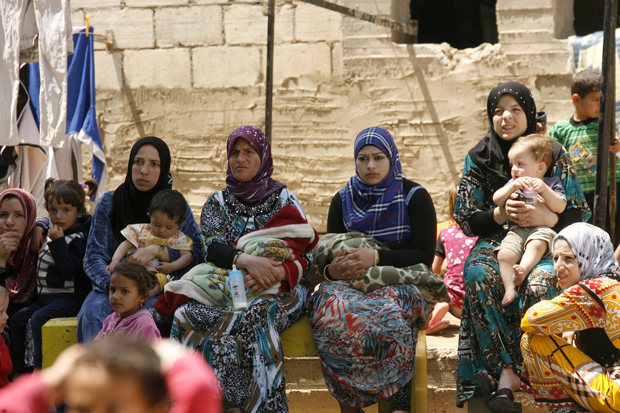
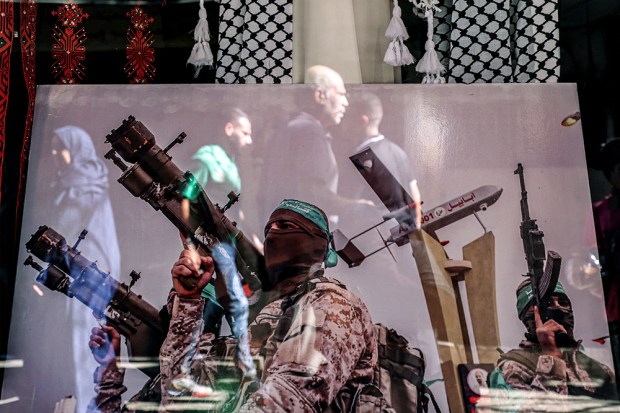
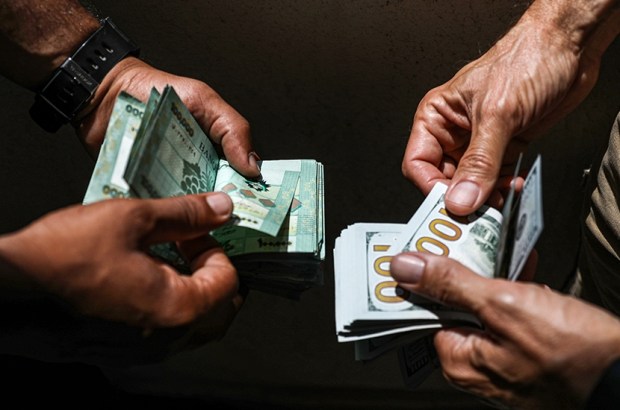
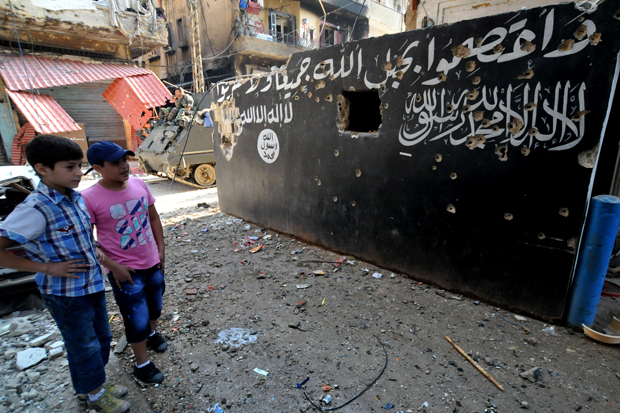
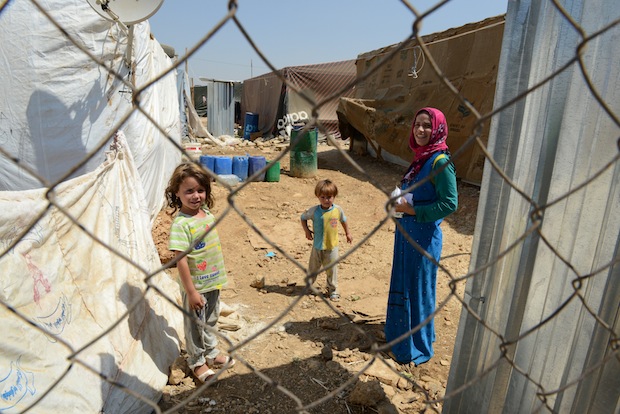








Comments
Don't miss out
Join the conversation with other Spectator Australia readers. Subscribe to leave a comment.
SUBSCRIBEAlready a subscriber? Log in